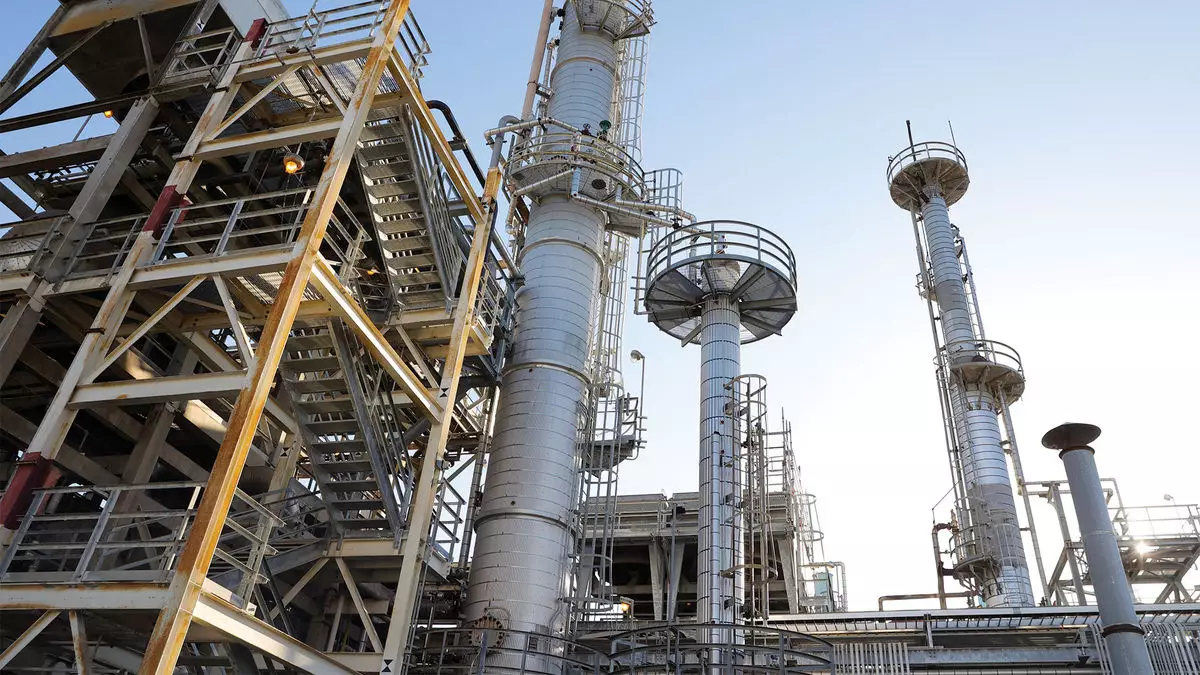The landscape of sustainable aviation fuel (SAF) production in the United States has undergone remarkable transformations over the past few years. Despite this momentum, significant uncertainties loom over the future trajectory of this promising sector. The interplay between federal policies, particularly the transition between administrations, introduces a high level of unpredictability that could substantially impact the progress and viability of SAF initiatives.
In recent years, production levels of domestic SAF have skyrocketed, with both political support and growing industry interest acting as primary catalysts for this expansion. Under the Biden administration, the introduction of incentives, particularly through the Inflation Reduction Act, played a pivotal role in stimulating demand for SAF. The act offered tax credits ranging from $1.25 to $1.75 per gallon for SAF purchases, dependent on the emissions reductions exhibited by the fuel. This financial stimulus proved crucial in encouraging airlines to consider SAF over traditional jet fuel, especially given that SAF generally costs approximately $2 more per gallon. As a result, U.S. SAF production surged, reaching 38.7 million gallons last year, showcasing the potential of federal support to catalyze growth in this sector.
However, while the potential for SAF production remains impressive, the recent expiration of an important tax credit program at the end of 2024 raises alarms. Moving forward, the prospects of a new program, which proposes a sliding scale of tax credits for producers, hinge upon the ongoing developments under the Trump administration. Given its previously demonstrated skepticism towards climate policy, questions abound regarding the administration’s commitment to finalizing the proposed regulations.
The transition from one political administration to another can disrupt established policies and introduce an atmosphere of uncertainty that industry stakeholders find challenging. In this instance, a significant concern is whether the new administration will uphold the necessary support for SAF production. As highlighted by Adam Schubert from Stillwater Associates, the current environment suggests that the probability of achieving ambitious targets—such as producing 3 billion gallons of SAF annually by 2030—seems less feasible amid the changing political winds.
The regulatory freeze initiated shortly after the new administration took power only compounds the issue. For numerous businesses and investors in the SAF industry, reliance on concrete guidelines to inform production strategies is paramount. Without clear indications from federal actors, potential producers may hesitate to commit resources toward expanding their capacities, especially considering the delicate financial balancing act of SAF production.
Industry voices are equally cautious and hopeful about the unfolding scenario. Experts such as Fayaz Hussain, editor of SAF Investor, express deep concern about the ambiguity clouding SAF initiatives. This unpredictability undermines the potential for growth, ultimately hampering collaborations between airlines and fuel producers that rely heavily on incentives to sustain SAF demand.
Conversely, some industry representatives express optimism. They argue that the SAF sector’s alignment with agricultural interests—such as the potential use of corn-based ethanol as a significant feedstock for SAF—might resonate positively with the new administration’s objectives. It highlights the importance of framing SAF production as not just an environmental necessity but also as an opportunity for job creation and rural development.
Scott Lewis of World Energy underscores that each administration has distinct priorities, and it is essential for industries to convey how they align with those objectives. The call for continuity in policy is strong, with stakeholders keen on establishing clear guidelines that will facilitate production ramp-up and investment in sustainable aviation initiatives.
In a landscape where federal policy appears unpredictable, state-level initiatives may prove to be the bedrock of support for the SAF community. States such as Washington, Illinois, and Minnesota have begun crafting their own packages of incentives tailored toward enhancing SAF production, delivering a glimmer of assurance amid the federal uncertainty.
Such localized efforts could instigate a grassroots approach that fosters innovation and investment in SAF technology, creating a steadier path toward sustainability in aviation. This state-focused engagement allows stakeholders to navigate around federal unpredictability, establishing a collaborative environment that could ultimately support the long-term vibrancy of the SAF sector.
As the sustainable aviation fuel sector navigates its path forward, the key themes of uncertainty and opportunity resonate strongly within the industry. While federal policies are critical, it is the synthesis of local initiatives, industry advocacy, and a commitment to aligning objectives with broader economic and environmental goals that will ultimately shape the future of SAF production in the United States. The future may be uncertain, but the groundwork for a more sustainable aviation sector is steadily being established, regardless of the shifting sands of political priorities.


Leave a Reply